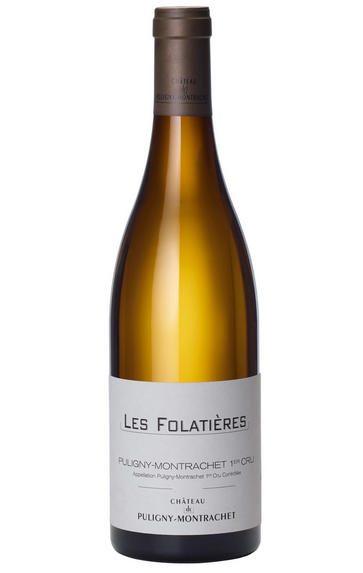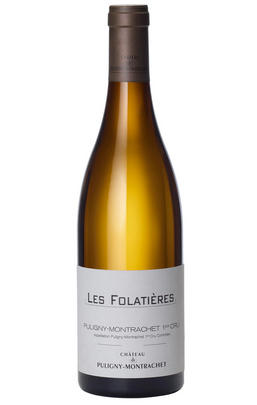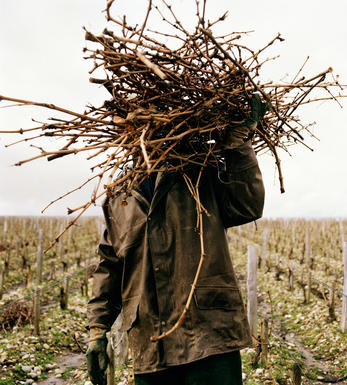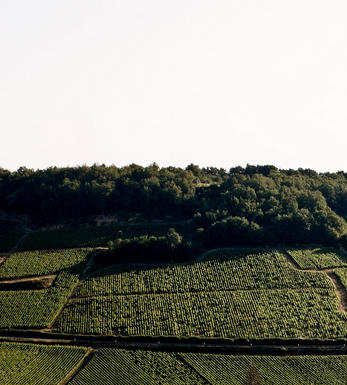
2016 Puligny-Montrachet, Les Folatières, 1er Cru, Château dePuligny-Montrachet, Burgundy

About this WINE

Chateau de Puligny-Montrachet
Château de Puligny was a slumbering force until it was finally awoken by the arrival of Etienne de Montille in time to oversee the 2001 vintage. Under Etienne, yields have been drastically reduced and the wines are handled much more sympathetically in the cellar so that the quality of the fruit dominates the oak.
In 2012 Étienne and investors purchased the property and have radically reformed the estate, dropping unsuitable vineyards, converting to organic (and indeed biodynamic) farming, and further improving the winemaking.
Etienne also makes the wines at his family's domaine in Volnay, where a lighter touch is also in evidence in recent vintages. Puligny needs more Premiership performers, and Château de Puligny has already established its credentials as an elite respresentative.

Puligny-Montrachet
Puligny was one of two villages (along with Chassagne) which gained permission in 1879 to hyphenate the name of its most famous vineyard, Montrachet, to its own.
The reputation of Puligny-Montrachet is based around its four Grands Crus. Montrachet labels often boast a noble, triumphant 'Le' in front of its name, lest you dare confuse it with any lesser wine. It has much to be proud of, with many considering Montrachet to be the greatest white wine in the world. At its best it has an intensity, complexity and elegance that make you wonder how such a wine could be made from mere grapes.
The luxurious and explosive Chevalier-Montrachet is not quite as deep, although it is probably the next best. Only marginally less impressive, and rather more consistent than Montrachet is the richly textured Bâtard-Montrachet (also shared with Chassagne). Bienvenues-Bâtard-Montrachet is equally good, with the focus on honeyed finesse and exquisite balance rather than richness.
These legendary wines are supported by a host of fabulous Premier Cru vineyards capable of reaching Grand Cru quality. Brimming with flavour and intensity, Le Cailleret and Les Pucelles (which both lie across the road from Le Montrachet) are prime candidates, along with Les Demoiselles, Les Combettes and Folatières.
Sandwiched between the larger Chassagne and Meursault, Puligny produces wines that are more striking than any in the Côte d’Or, portraying a floral elegance alongside a stylish, steely concentration. They are very different to Meursault: more refined and delicate, and less rich.
Village level Puligny-Montrachet from top growers can be very good indeed, but is all too often unexciting and disappointing. Grands Crus normally need at least eight years before they can be broached, and last for 20 or more. Premiers Crus should generally be enjoyed between five and 15 years of age; village wines from three to 10 years.
In theory, you can find red Puligny-Montrachet, but it scarcely exists anymore, and is rarely worth the price tag.

Chardonnay
Chardonnay is often seen as the king of white wine grapes and one of the most widely planted in the world It is suited to a wide variety of soils, though it excels in soils with a high limestone content as found in Champagne, Chablis, and the Côte D`Or.
Burgundy is Chardonnay's spiritual home and the best White Burgundies are dry, rich, honeyed wines with marvellous poise, elegance and balance. They are unquestionably the finest dry white wines in the world. Chardonnay plays a crucial role in the Champagne blend, providing structure and finesse, and is the sole grape in Blanc de Blancs.
It is quantitatively important in California and Australia, is widely planted in Chile and South Africa, and is the second most widely planted grape in New Zealand. In warm climates Chardonnay has a tendency to develop very high sugar levels during the final stages of ripening and this can occur at the expense of acidity. Late picking is a common problem and can result in blowsy and flabby wines that lack structure and definition.
Recently in the New World, we have seen a move towards more elegant, better- balanced and less oak-driven Chardonnays, and this is to be welcomed.


Buying options
Add to wishlist
Description
This is the estate’s jewel in its range of Premier Crus, and the step up in quality is evident. Here, there is a fine melding of the vintage character and the terroir’s aristocracy, with a real sense of dimension and richness, although with 2016’s attack. This is very good indeed, with only 20 percent new oak used to emphasise the orange blossom and white peach complexity. Drink 2020-2030.
Adam Bruntlett, Burgundy Buyer
The Château de Puligny-Montrachet was a slumbering force until finally being awoken by the arrival of Étienne de Montille in time to oversee the 2001 vintage. Under Étienne, yields have been drastically reduced and the wines are handled much more sympathetically in the cellar so that the quality of the fruit dominates the oak. In 2012 Étienne and investors purchased the property and have radically reformed the estate, dropping unsuitable vineyards, converting to organic (and indeed biodynamic) farming, and further improving the winemaking. It was a successful vintage here in terms of quality, under the eye of cellar master Brian Sieve. He recounts how the lower slopes of Puligny-Montrachet and the Bourgogne Blanc vineyards on the plain escaped nearly all the frost, but the lower Meursault vineyards were almost entirely affected. For Château de Puligny-Montrachet, this is a good vintage – maybe lacking the flesh of a truly great year, but equally delicious in its accessibility. Not all the vineyards suffered, but there were, nevertheless, some serious reductions in certain sites.
wine at a glance
Delivery and quality guarantee